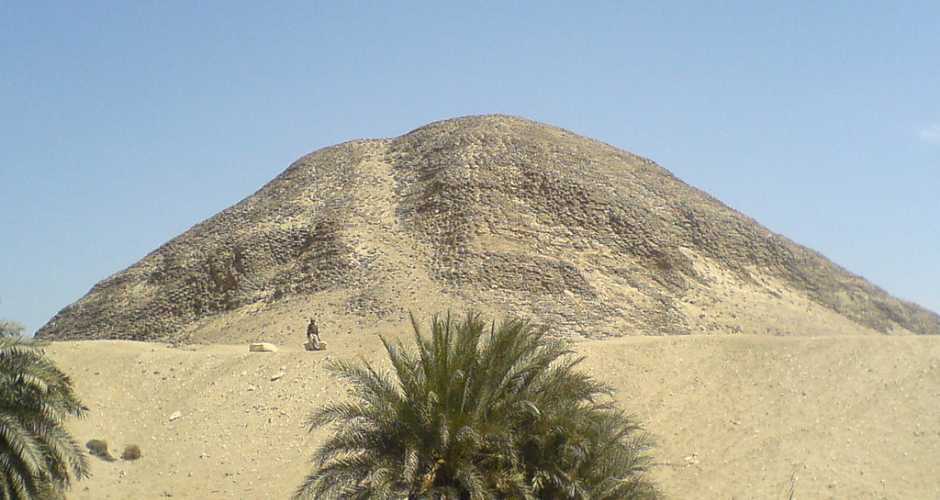- Accueil
-
Excursions en Egypte
- Excursions en Egypte
-
Marsa Alam excursions
-
Excursions au Caire
-
Hurghada excursions
-
Soma bay Excursions
-
Excursions de Louxor
-
Makadi Bay Excursions
-
Excursions à Portghalib
-
Sharm el Sheikh
-
El Gouna Tours
-
Aswan Tours
-
Sahl Hasheesh Tours
- Marsa alam tours
- Contactez Nous
- Politique de paiement
-
Forfaits de voyage
-
Airport Transfer
- Egypte visites Faq
-
Guide de Voyages en Egypte
-
Les attractions de l'egypte
- Les attractions de l'egypte
- Les attractions de Mars Aalam
- Attractions, à , Hurghada
- Les attractions de Damiette
-
Les attractions à Baharia
-
attractions à Luxor
-
Les attractions de Siwa Oasis
-
les attractions de Fayoum
-
Les Attractions d'Asswan
-
Attractions d'Alexandrie
- Les attractions à Marsa alam
- Attractions à El Quseir
- Sharm el Sheikh
-
Les attractions de Giseh
-
Les attractions de Saqqara
-
Croisière sur le Nil
-
Excursions Depuis le port
- Covid-19
La pyramide de Hawara
La pyramide de Hawara (Arsinoiton Polis) a été construite par le roi Amunemhat III pendant la douzième dynastie en Égypte.Le temple mortuaire était le labyrinthe qui a si labyrinthe.Le voyageur grec (Hérodote) J'ai visité cet endroit et je l'ai trouvé surpasser les descriptions Il a également été mentionné par presque tous les anciens voyageurs Strabon, DiodorusHere à Hawara 146, des portraits de Fayoum ont été trouvés dans le cimetière au nord des pyramides (vous pouvez en voir quelques-uns au musée Kom Aushim et au musée du Caire)

Although the Pyramid of Hawara was originally covered with white limestone casing, sadly only the mudbrick core remains today, and even the once-famous temple has been quarried. The interior of the pyramid, now closed to visitors, revealed several technical developments: corridors were blocked using a series of huge stone portcullises; the burial chamber is carved from a single piece of quartzite; and the chamber was sealed by an ingenious device using sand to lower the roof block into place.
Microbuses between Medinat Al Fayoum and Beni Suef pass through the town of Hawarat Al Makta. From here, it is just a short walk to the pyramid. Alternatively, you can visit in a taxi as part of a circuit.

Le village de Hawara
Le village de Hawara est situé à 9 kilomètres au sud-est de la ville d'El Fayoum, l'une des destinations les plus merveilleuses d'Egypte. Le village est situé à environ 100 kilomètres au sud-est du Caire et est connu depuis l'Antiquité quand il s'appelait Hat Wa'art, ce qui signifie «les traces». Par la suite, il a été nommé Laprincess et certains historiens pensent que ce nom dérivait à l'origine du nom du Temple d'Amenmehat III à Hawara, le "Laprent" ou "le temple situé à la sortie du lac".
Les archéologues ont pu dénicher quelques-uns des plus beaux portraits d'Hawara, qui sont désormais connus pour être appelés "les portraits du Fayoum". Ce sont 146 portraits de différentes personnes dessinés avec de la peinture et ils datent du 1er au 3ème siècle après JC.

À propos d'Amenemhat III
Le roi Amenmehat III a gouverné l'Égypte au 19e siècle avant J.C. et construit la pyramide d'Hawara. Il était le fils du roi Sésostris III qui avait accompli de grandes réalisations pendant son règne comme la réalisation de conditions politiques pacifiques avec les pays voisins situés au nord et à l'est de l'Égypte. Sésostris III a également réussi à placer la Nubie, située au sud, sous le contrôle total de l'Égypte. réalisations de son père et continuer à gouverner un royaume largement stable.

La pyramide
Amenemhet’s pyramid, as usual for the pyramid was built of mud brick and cased with limestone. the pyramid was built with a base length of 105 m and a height of 58 m rising with a slope of 48 o 45 o as the king built another pyramid in dahshur which had been abandoned because it’s lack of suitability so the fear of collapse probably what caused the builders of the Hawara pyramid to lower the slope with as much as 9o 30o. The pyramid’s core was built entirely of mud brick stones with only an outer in limestone. The limestone encasing has been pillaged by stone robber’s centuries ago but the limestone core still remains, giving the modern visitor the impression of Amudbrick Mountain.The entrance to the substructure is located on the west side of the south face of the pyramid. It descends down into a first chamber, from where it appears to continue to the north, leading to dead end. A short passage in the ceiling of the first chamber running east leads to an antechamber from which the actual burial chamber can be entered when entered in the nineteenth century, the pyramid was found to contain two sarcophagi one for Amenemhet III and one for his daughter nefru -ptah. She was buried temporarily in her father’s pyramid until her own tomb could be completed.
The burial chamber is often rightly described as a technical marvel. It is carved from a single piece of hard quartzite into a rectangular .when the burials had been completed the chamber was sealed by a single roofing slab of some 45 tons. The internal security arrangement should have been impenetrable yet robbers still managed to penetrate the tomb ravage the bodies and burn the wooden coffins.
